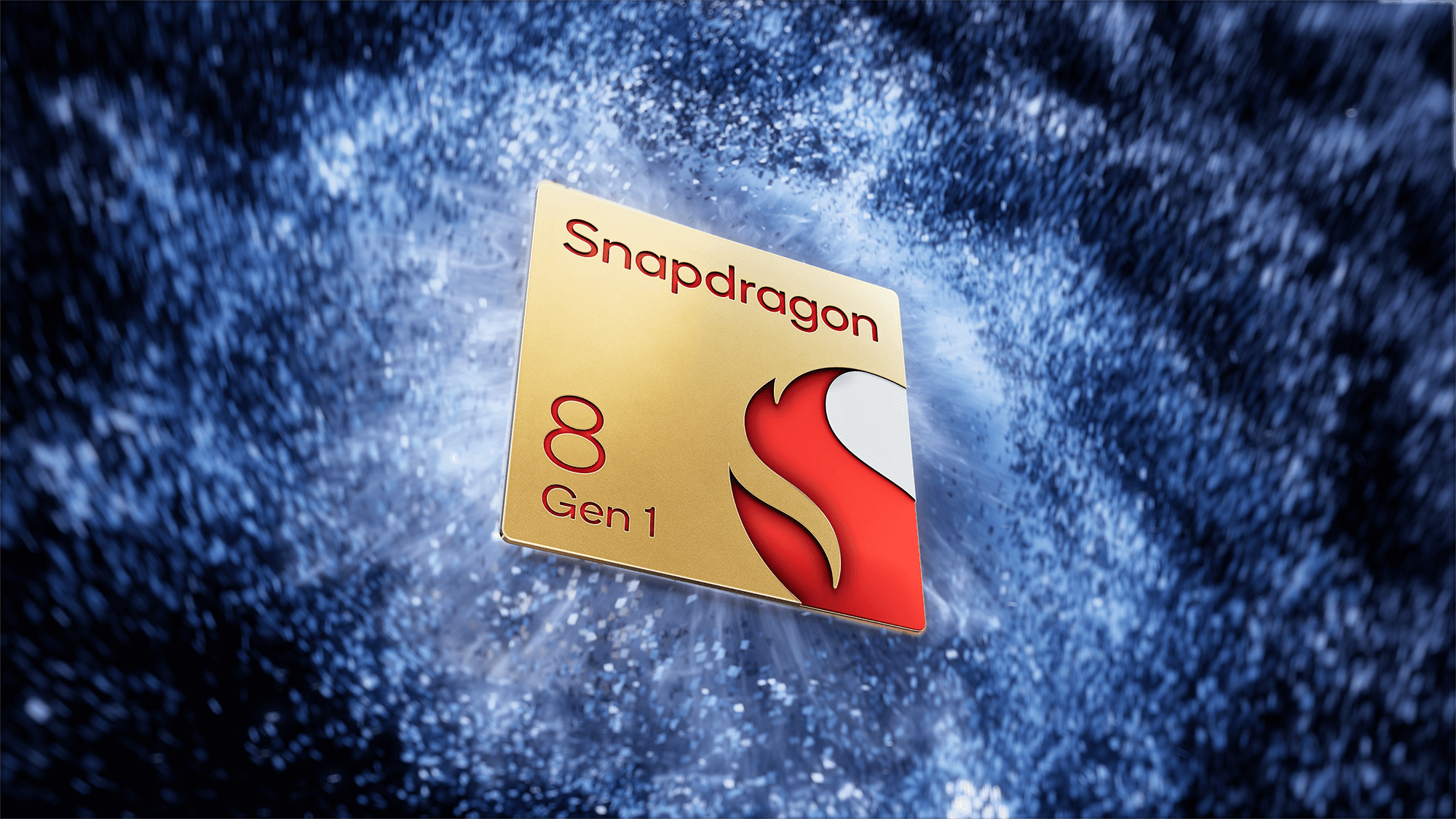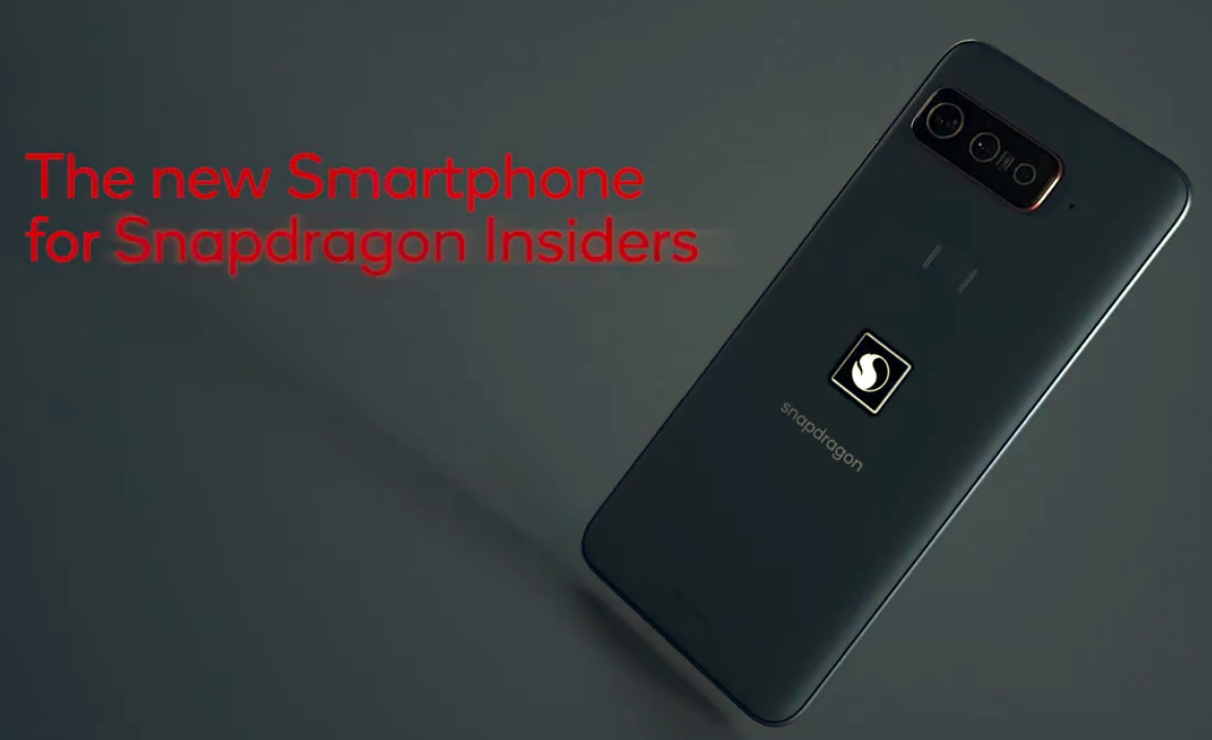
Qualcomm today announced its next-generation chipset meant for high-end smartphones of 2017: the Snapdragon 835. Based on Samsung’s 10nm fabrication process, Qualcomm says that its latest chipset provides up to 30 percent increase in area efficiency with 27 percent improvement in performance or up to 40 percent reduction in power consumption.
The company has not provided any details on the chipset itself i.e. whether it is quad-core or octa-core and its clock speeds. It has also not provided any details about its Adreno GPU or camera ISP. Nonetheless, the company says that we should see the first Snapdragon 835 powered devices arrive on the market in the first half of 2017. It goes without saying that all major flagships launching next year like the LG G6 and Samsung Galaxy S8 will be making use of this new chipset from Qualcomm.
“We are excited to continue working together with Samsung in developing products that lead the mobile industry,” said Keith Kressin, senior vice president, product management, Qualcomm Technologies. Inc. “Using the new 10nm process node is expected to allow our premium tier Snapdragon 835 processor to deliver greater power efficiency and increase performance while also allowing us to add a number of new capabilities that can improve the user experience of tomorrow’s mobile devices.”
From the numbers that Qualcomm is quoting, it looks like most of the improvements in the Snapdragon 835 come from the smaller fabrication process. This is not the first time that Qualcomm has used Samsung’s foundries to fabricate its chipset. After the fiery Snapdragon 810 chipset in 2015, Qualcomm went with Samsung to fabricate the Snapdragon 820 on the Korean company’s 14nm FinFET foundries.
It is likely that we will see Qualcomm reveals more details about the Snapdragon 835 chipset from early next year when devices powered by the chipset would be on the brink of being launched.







